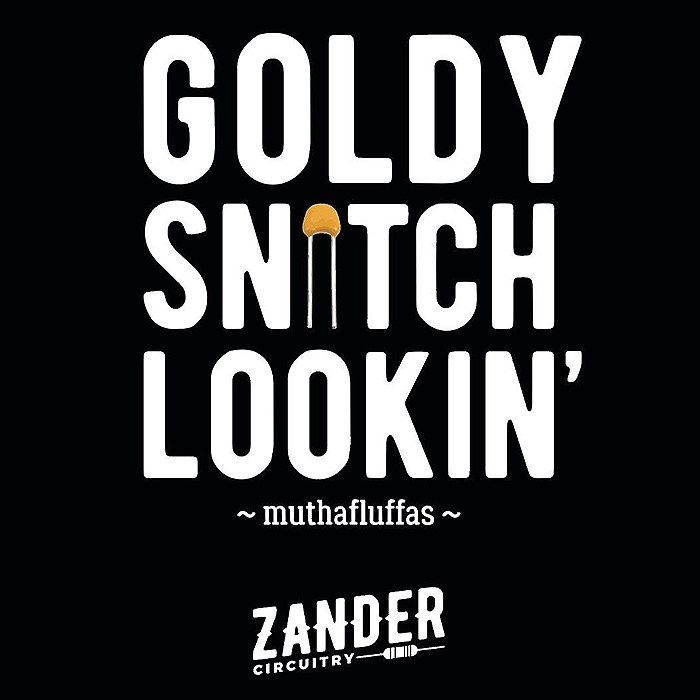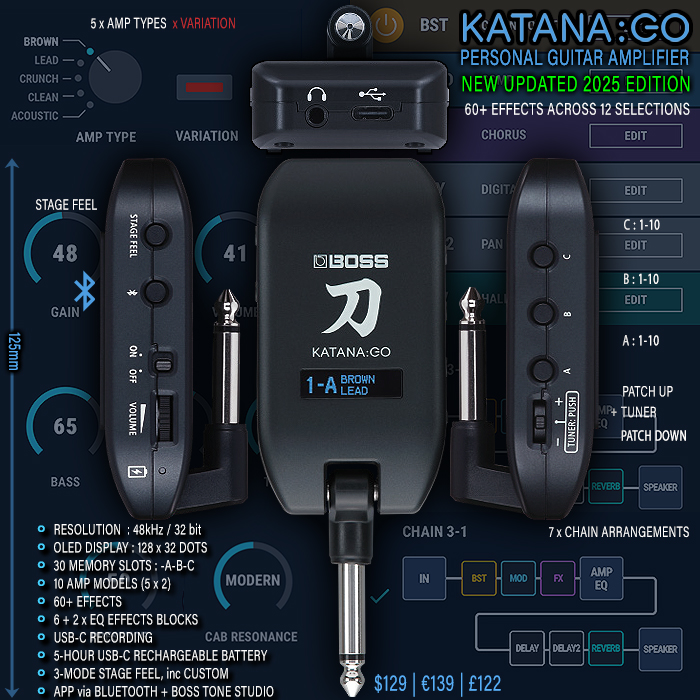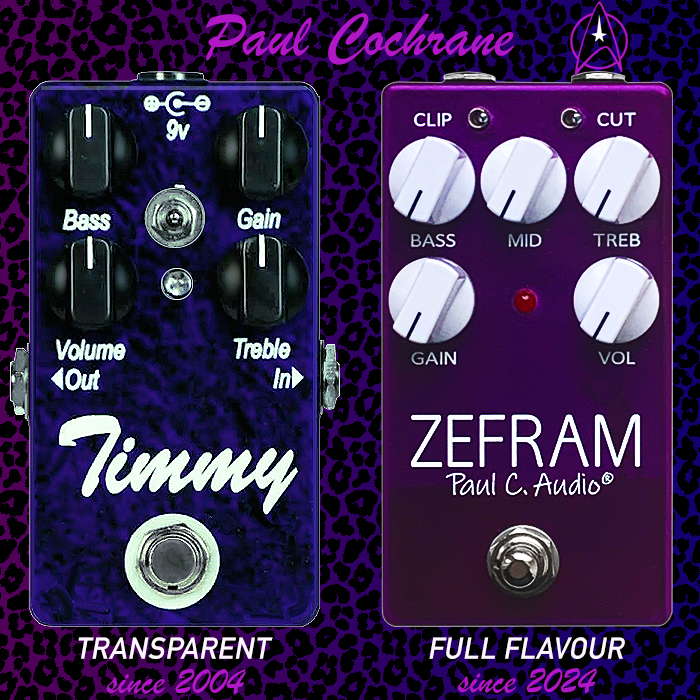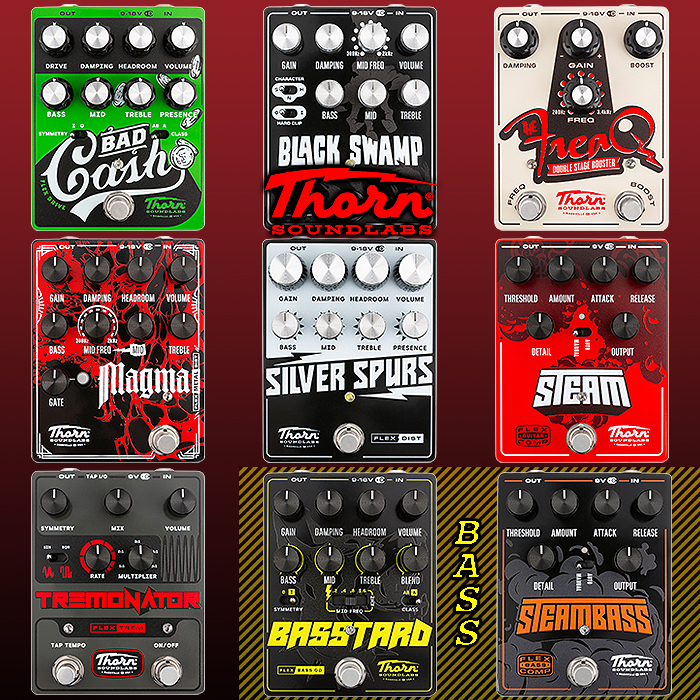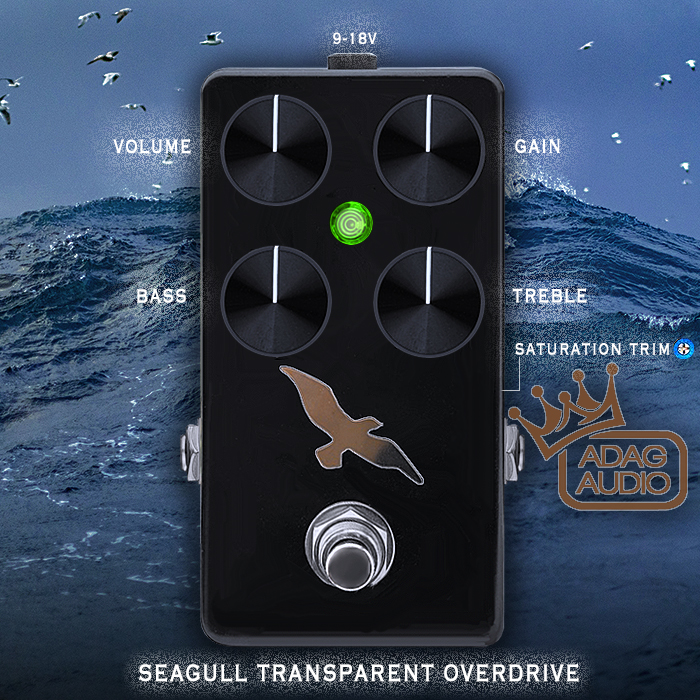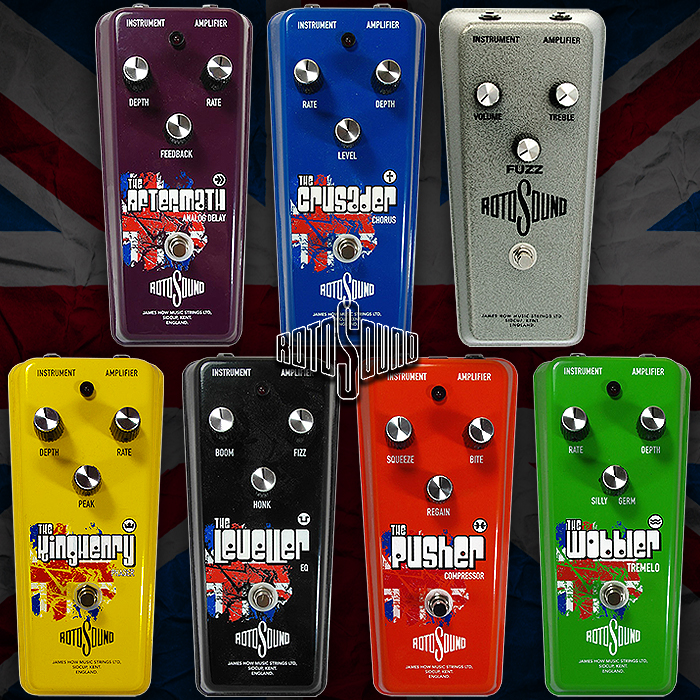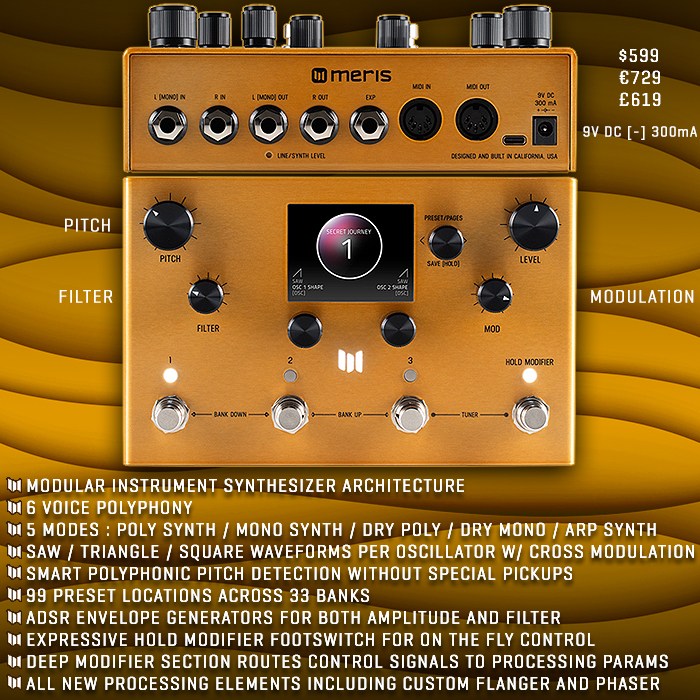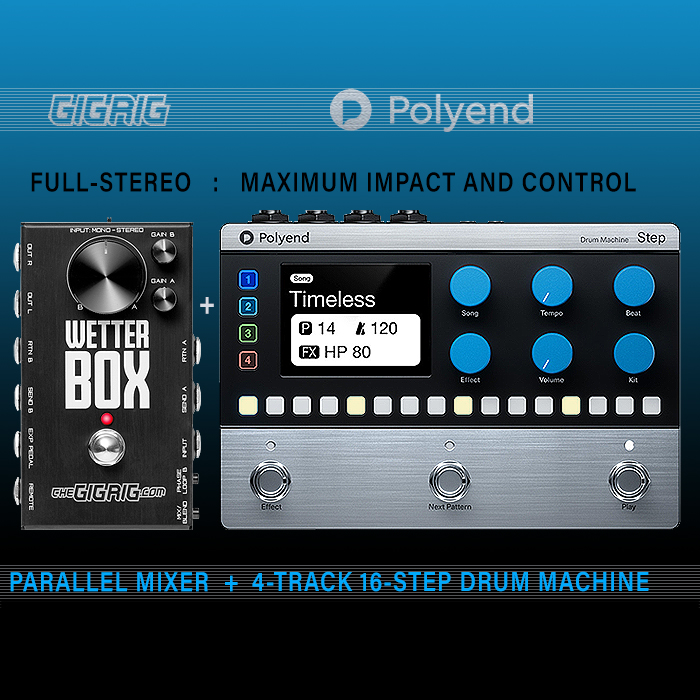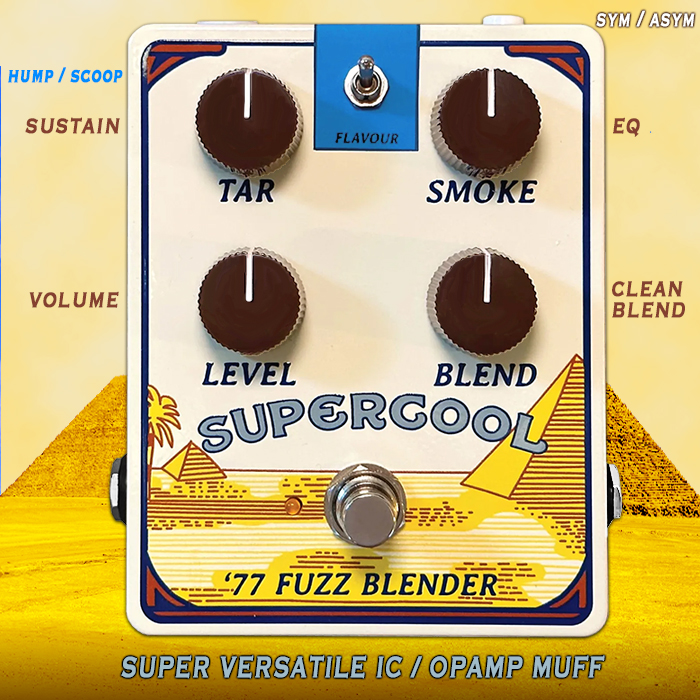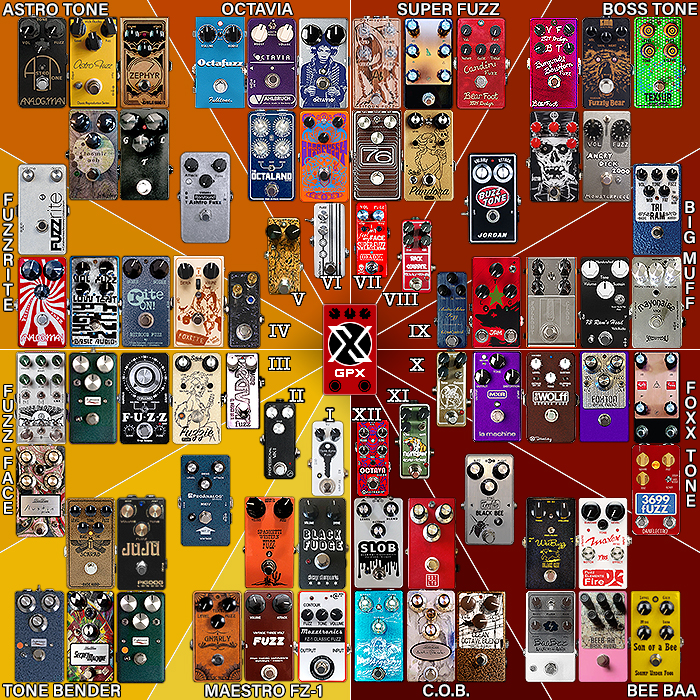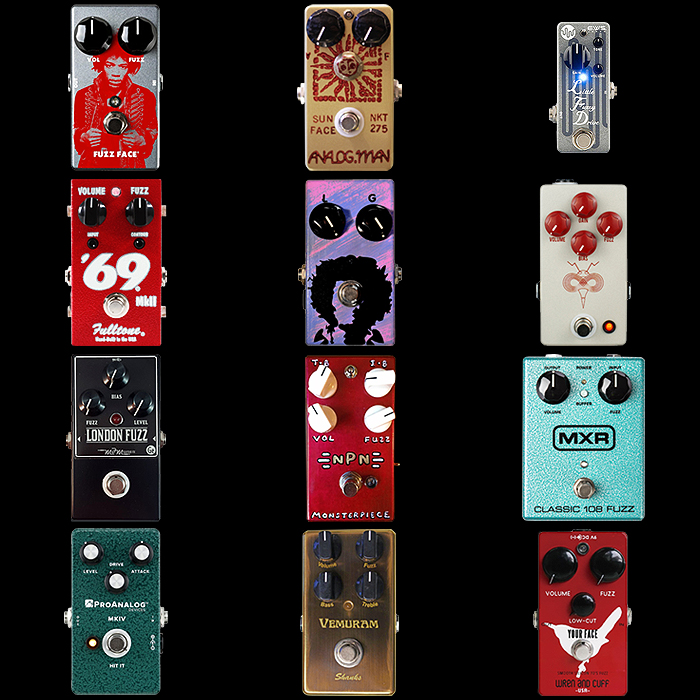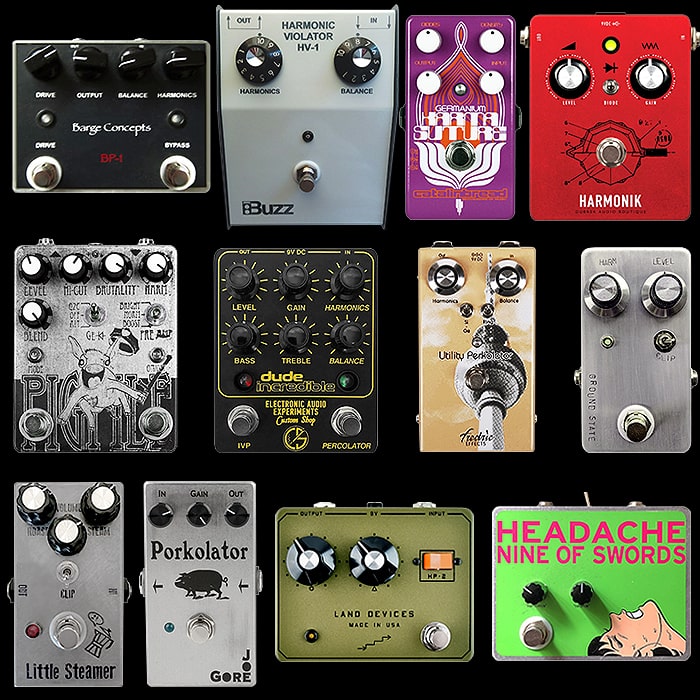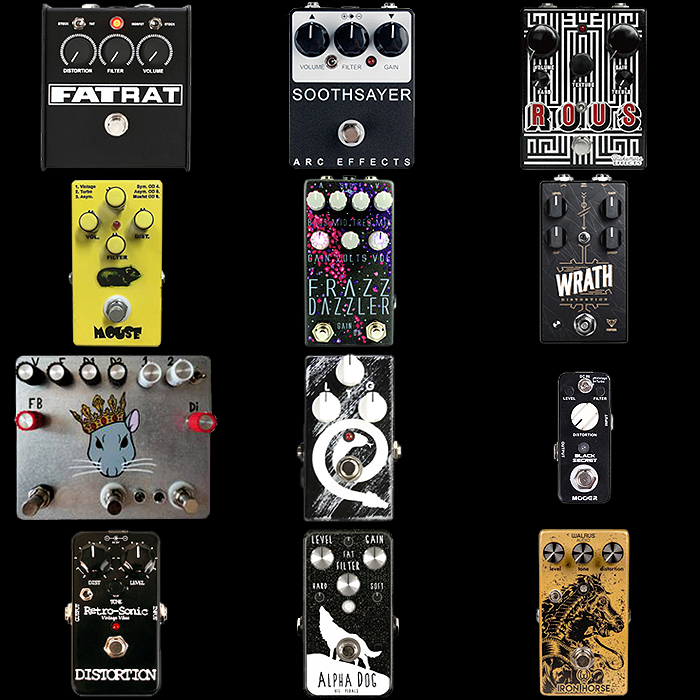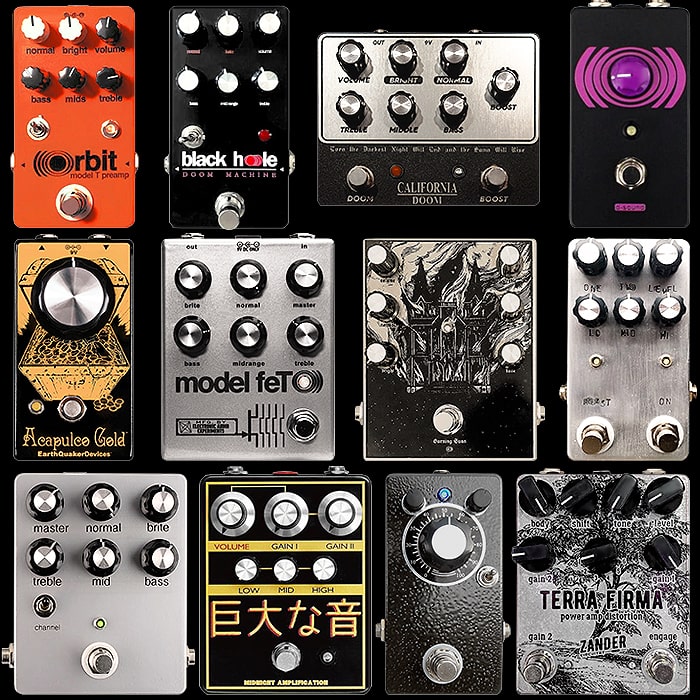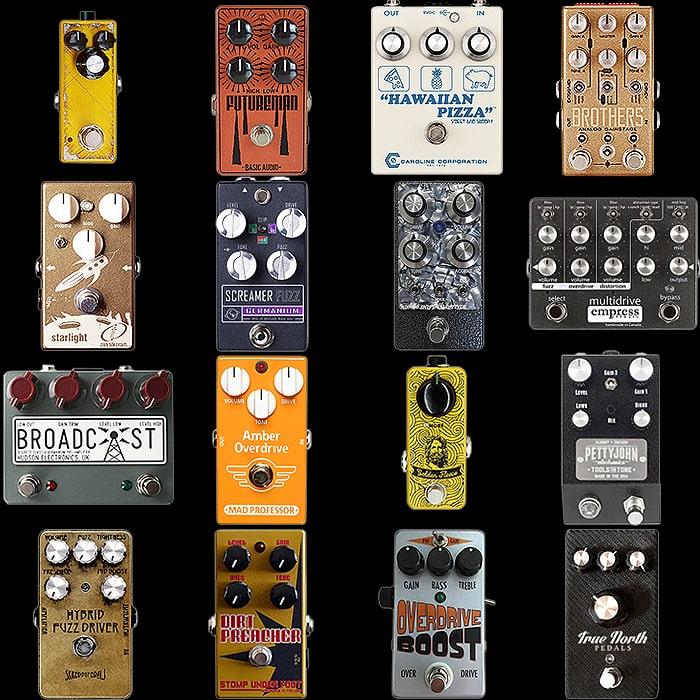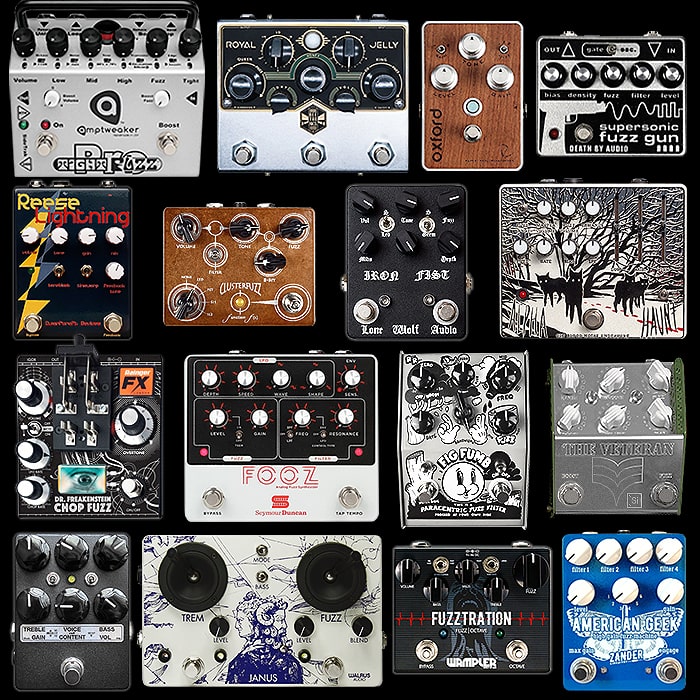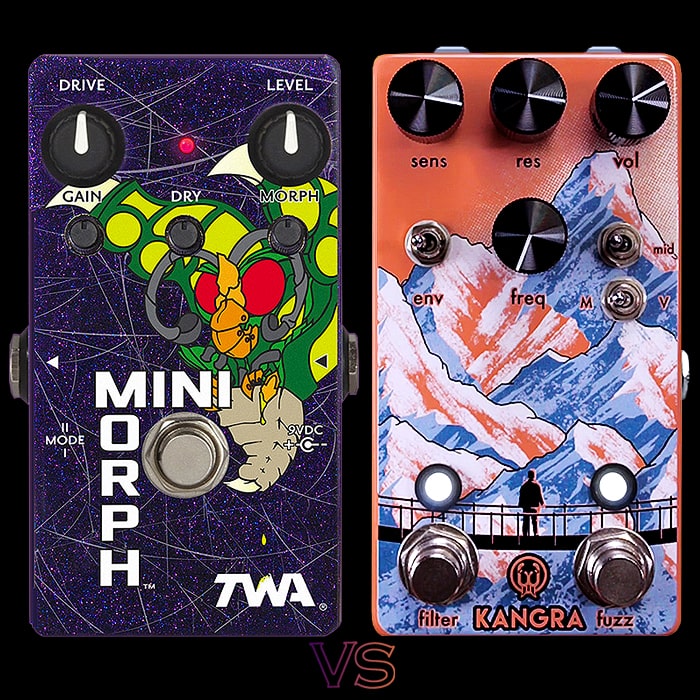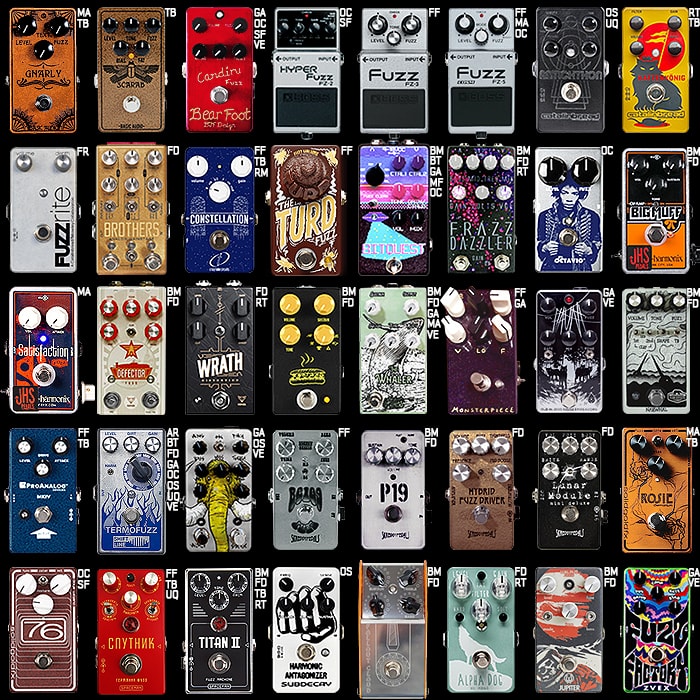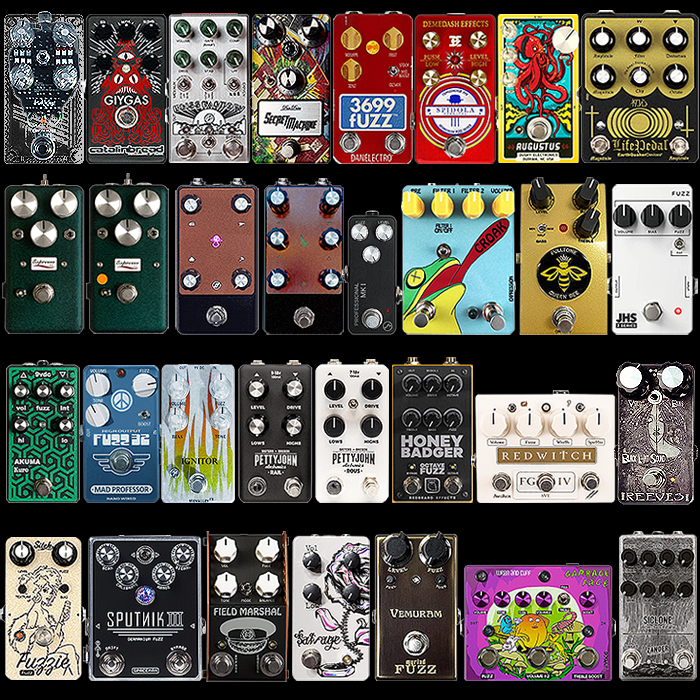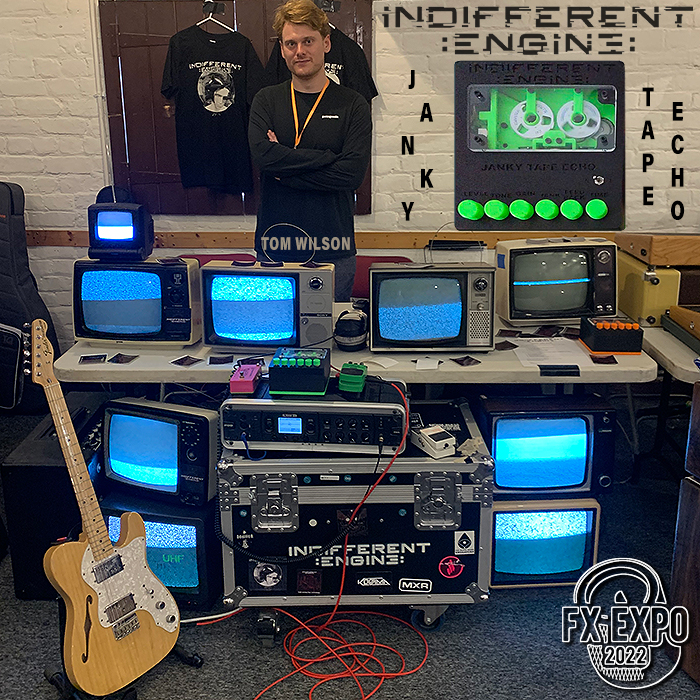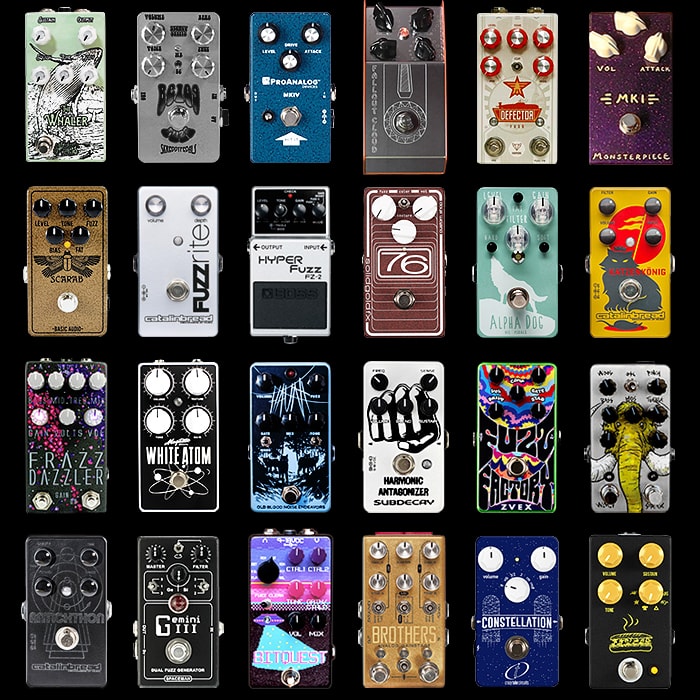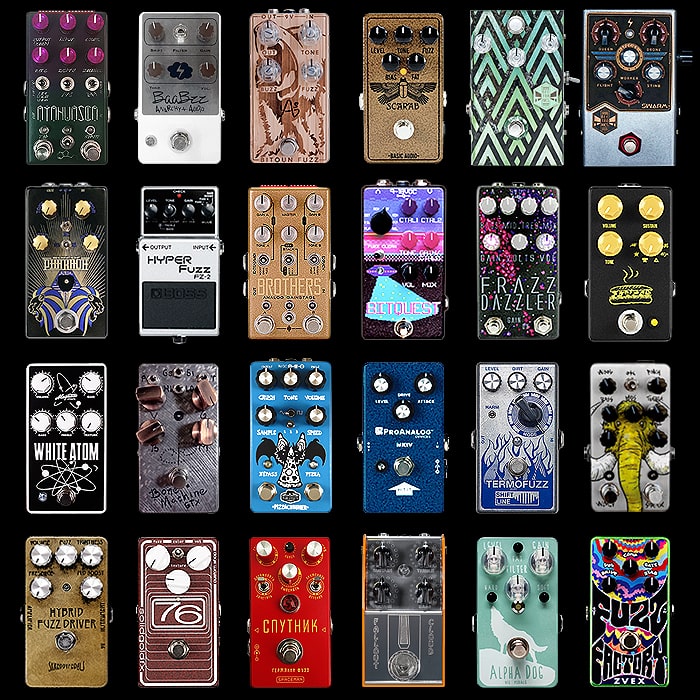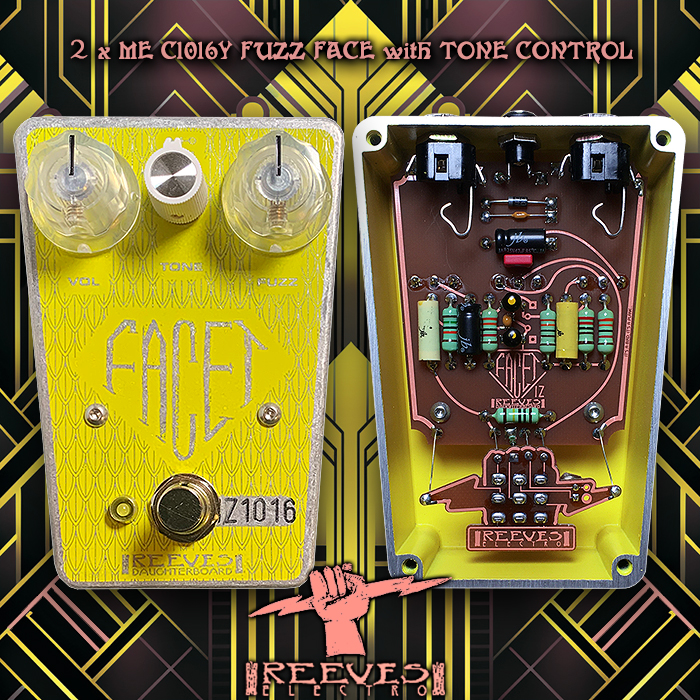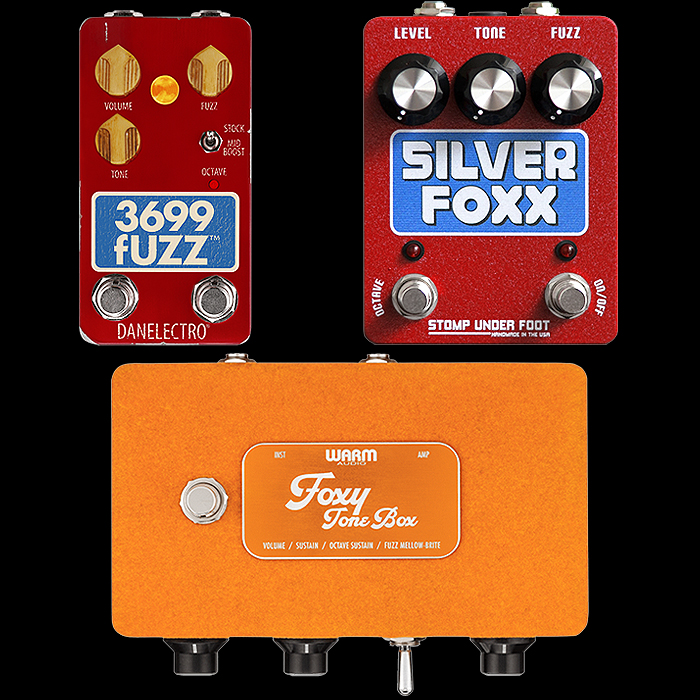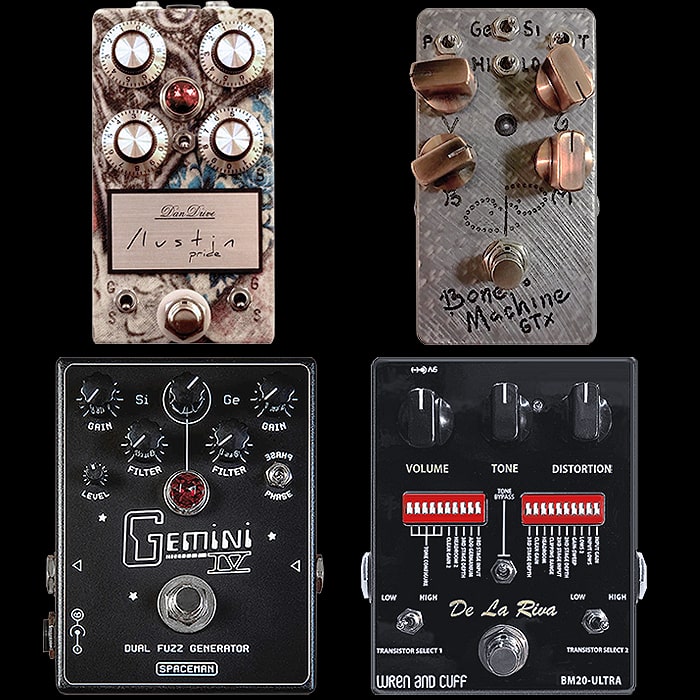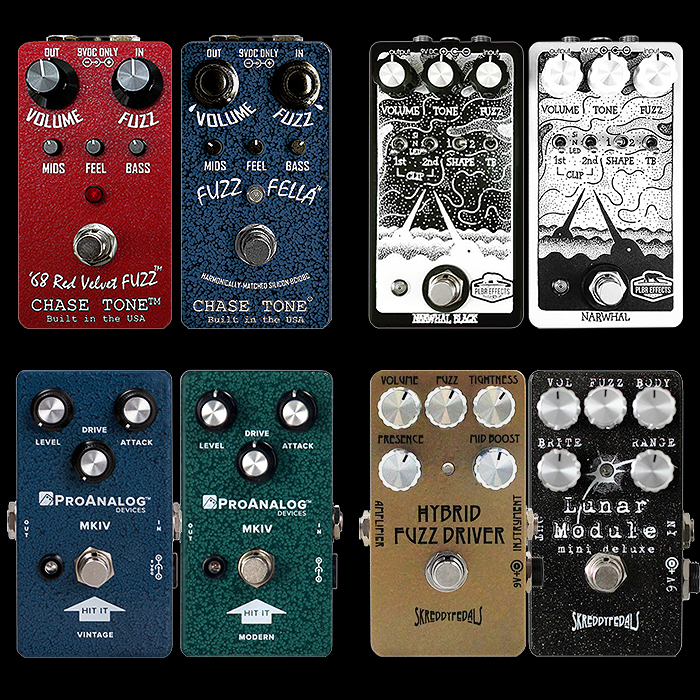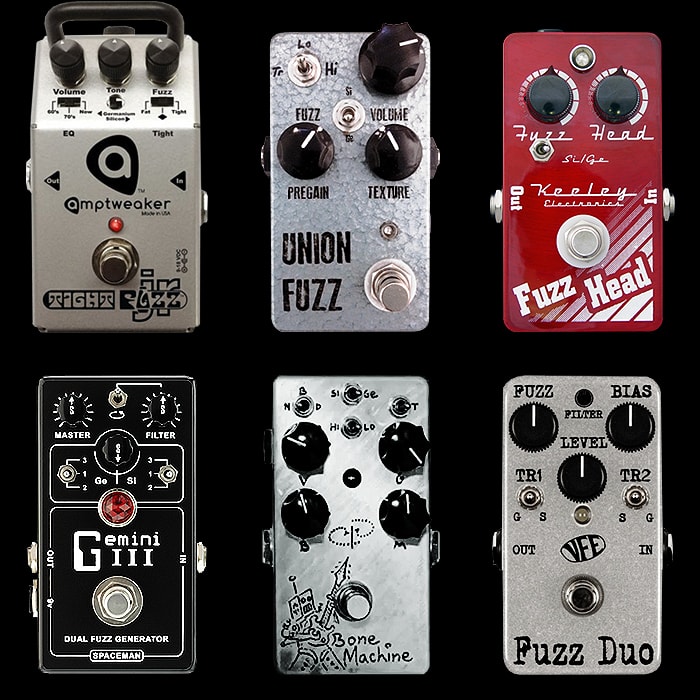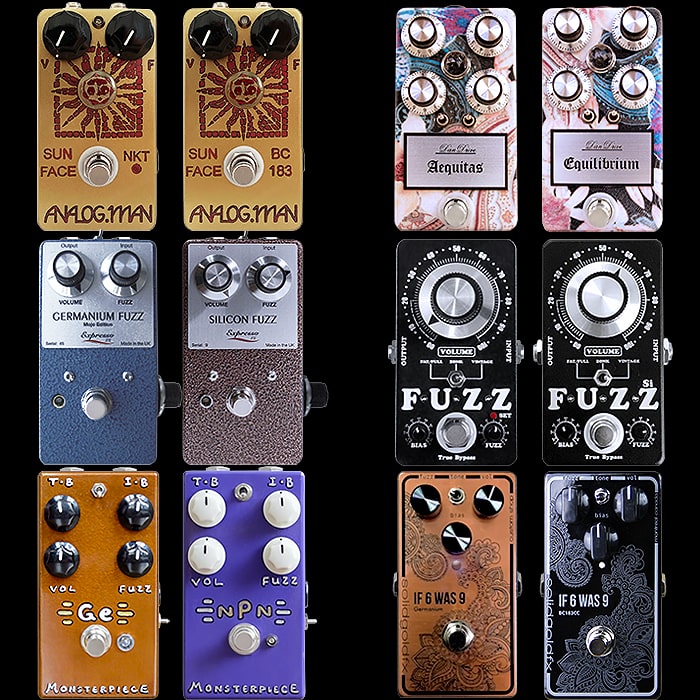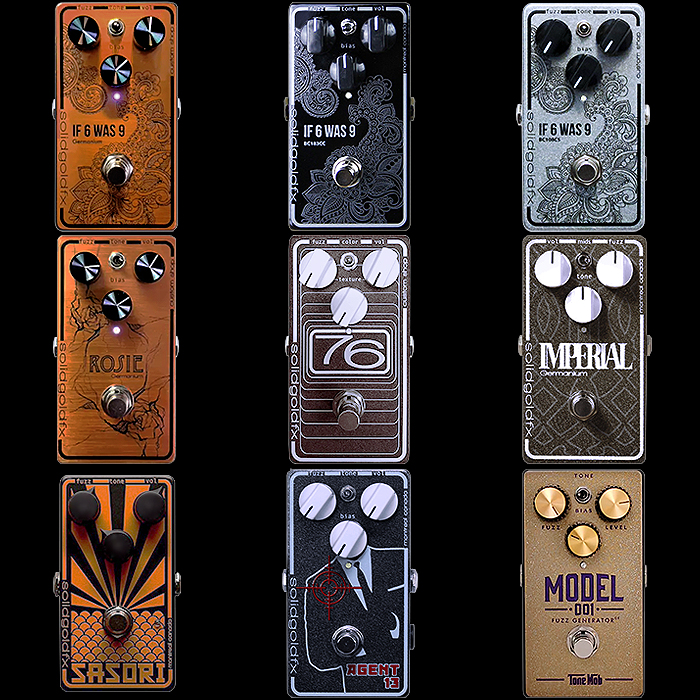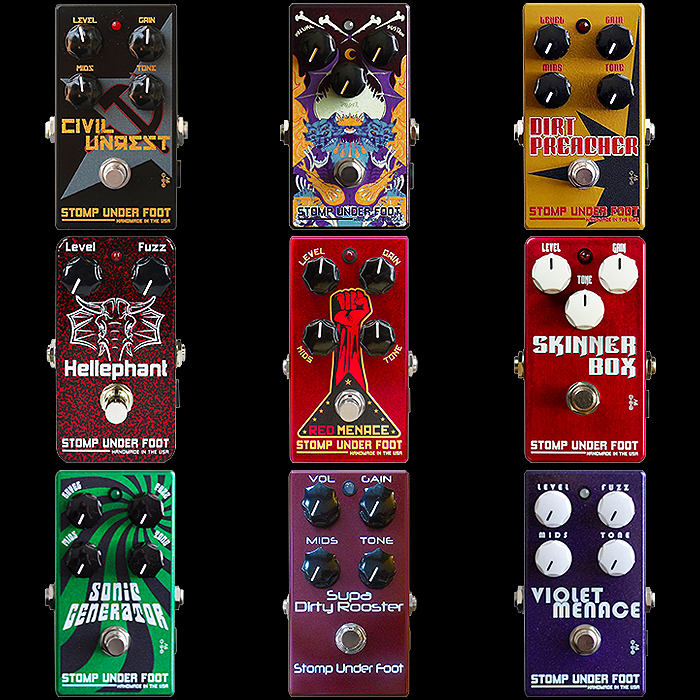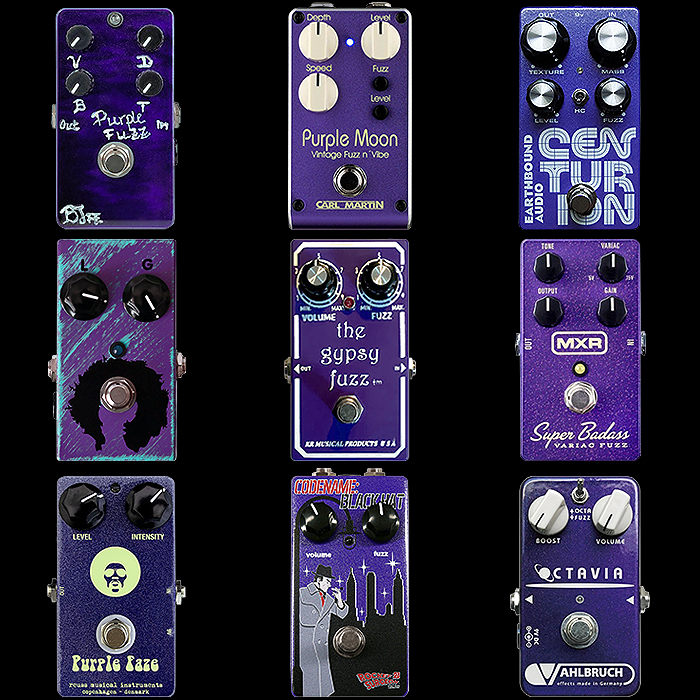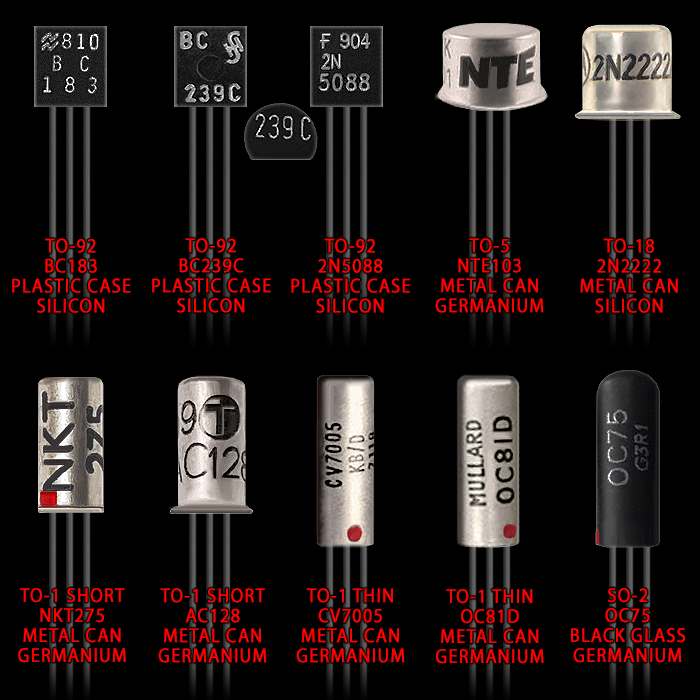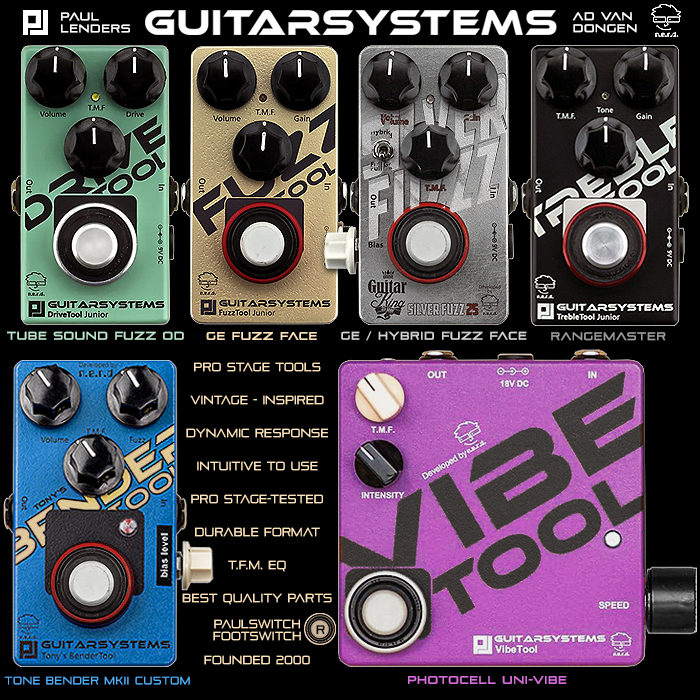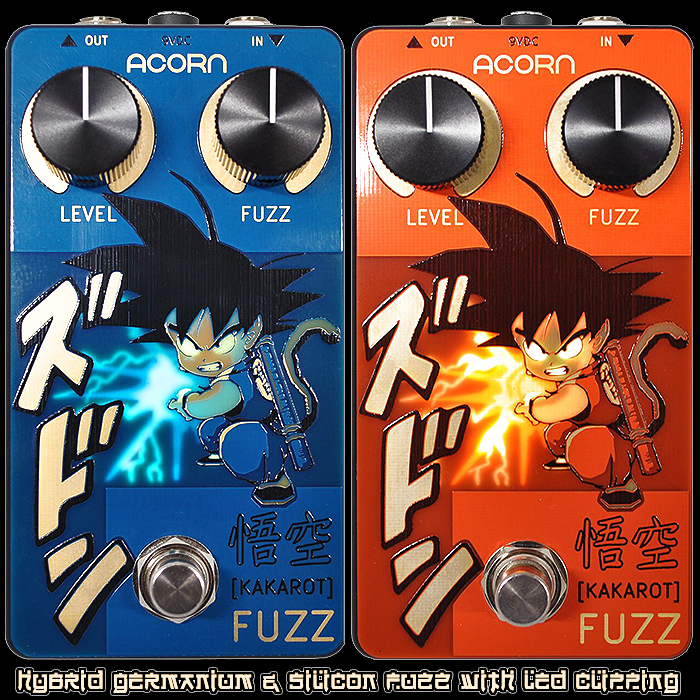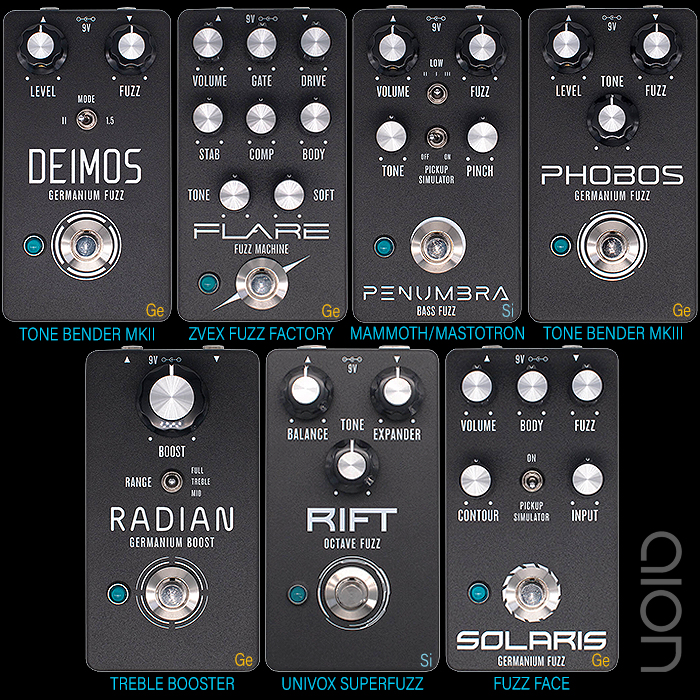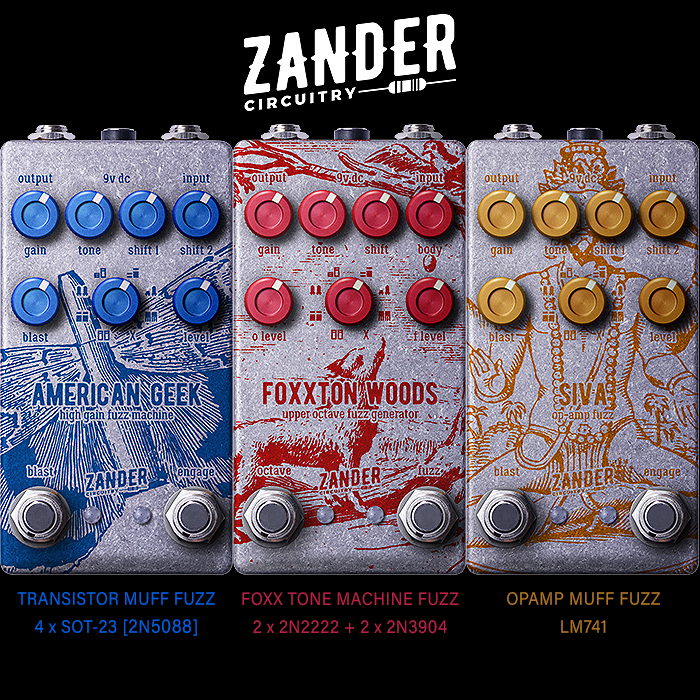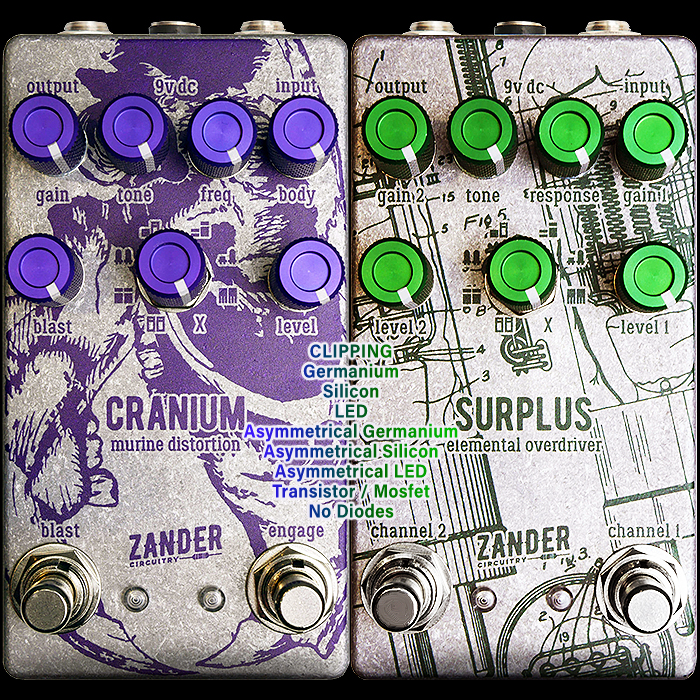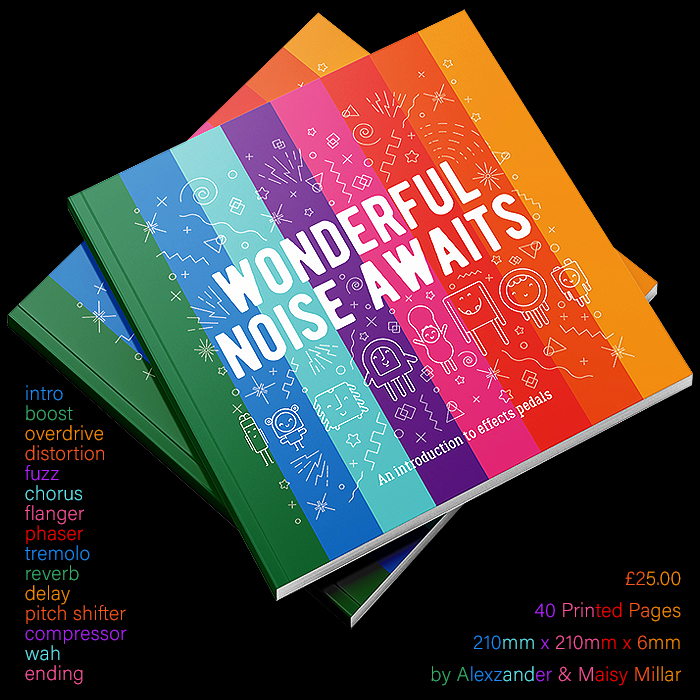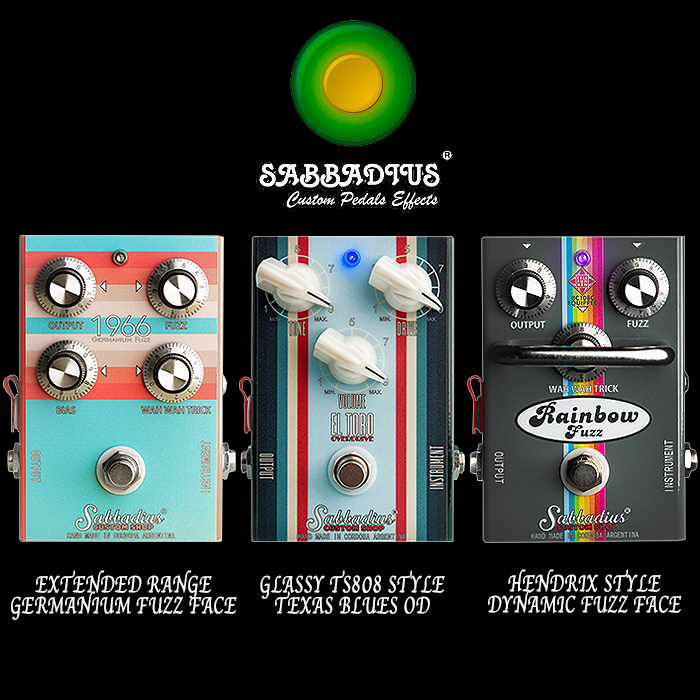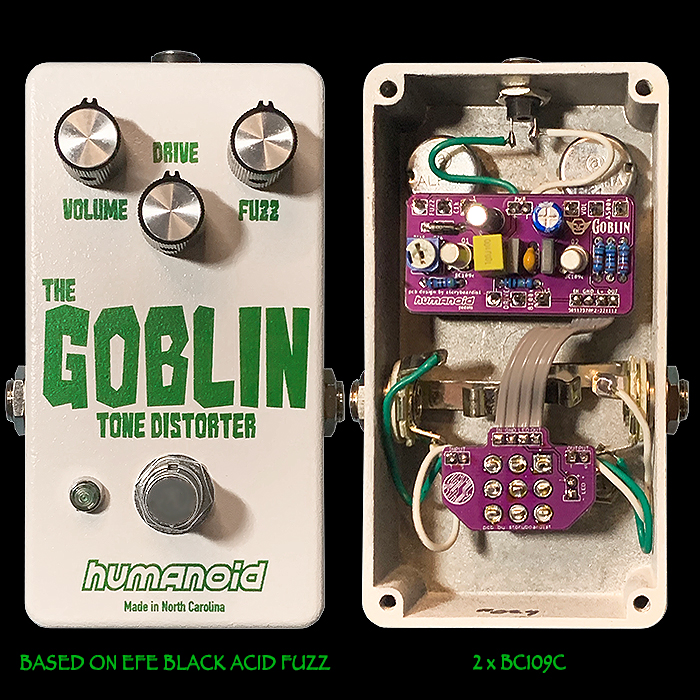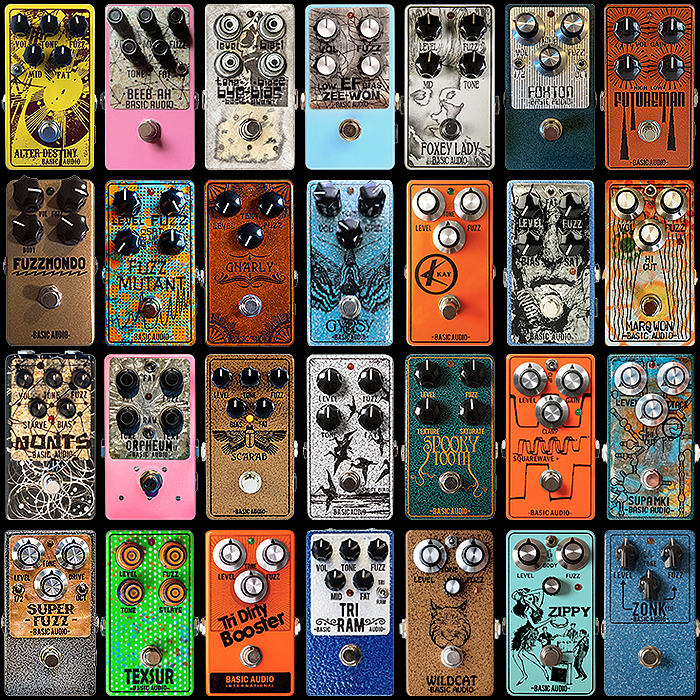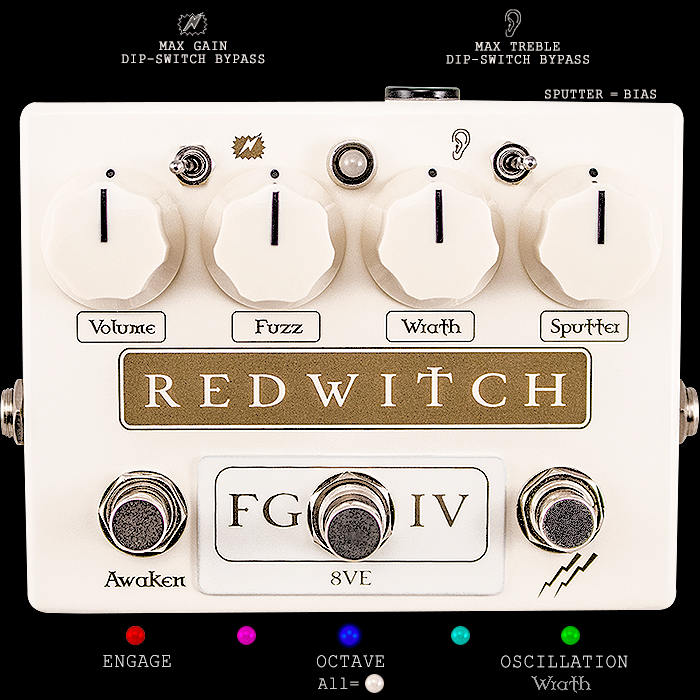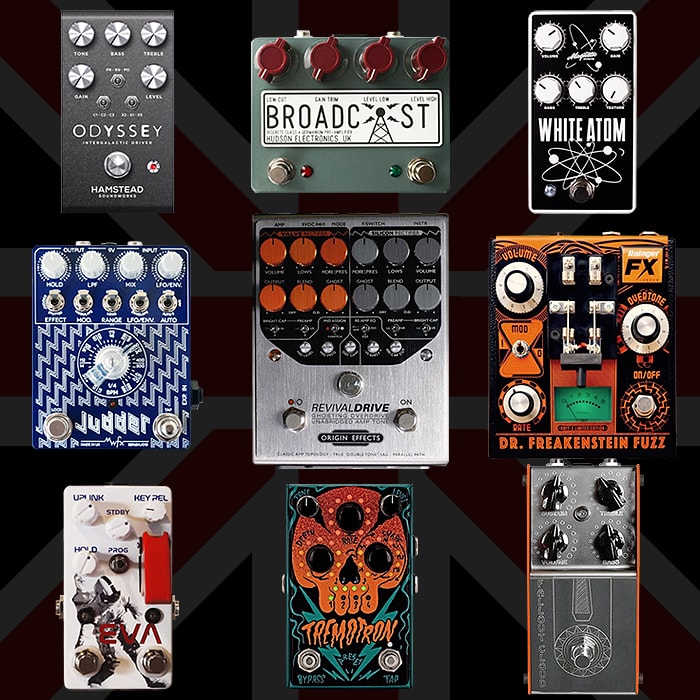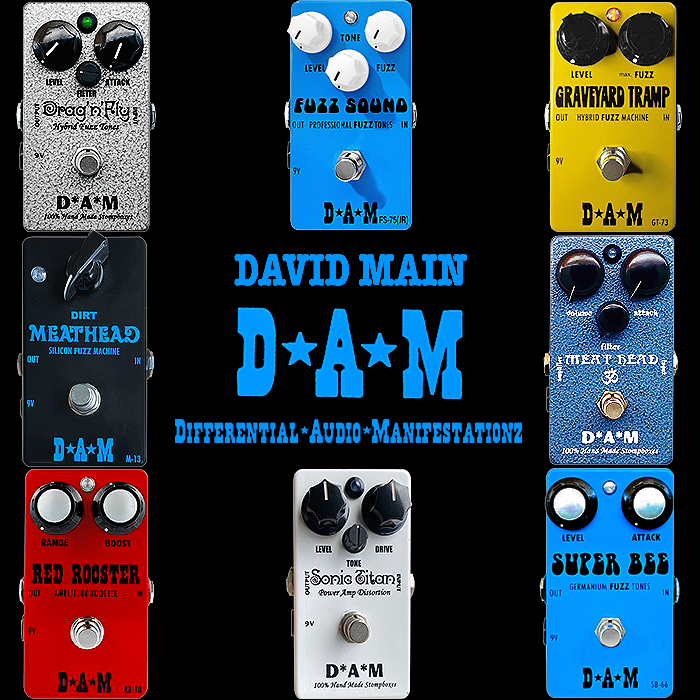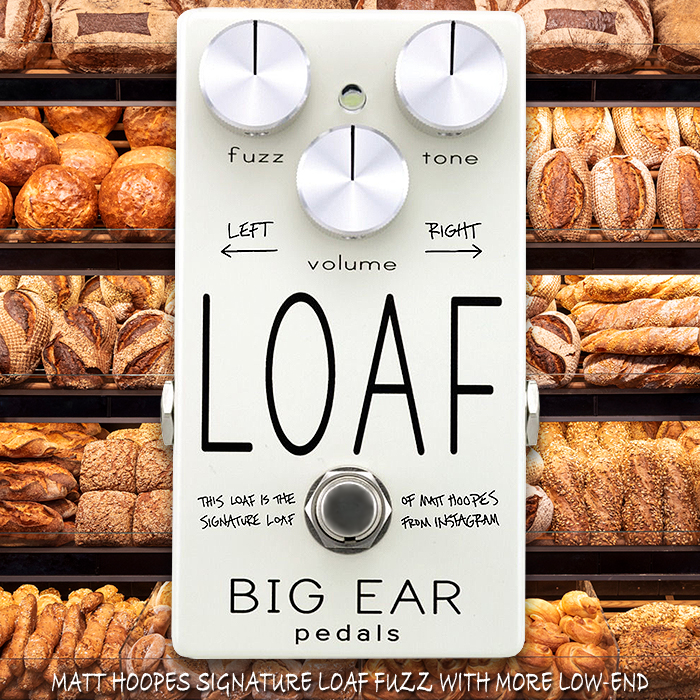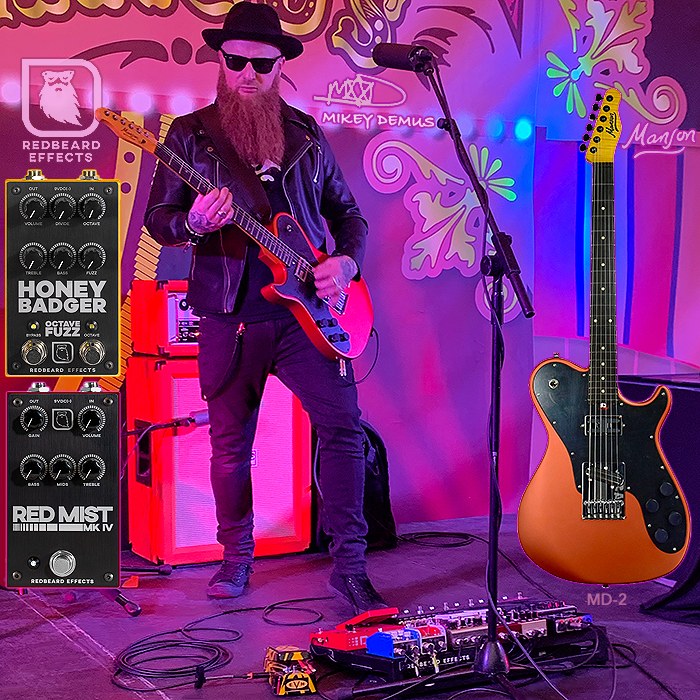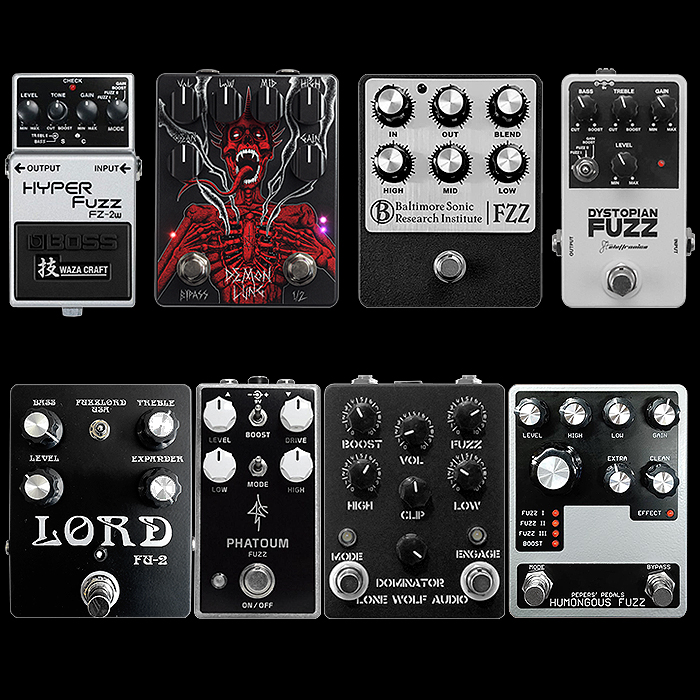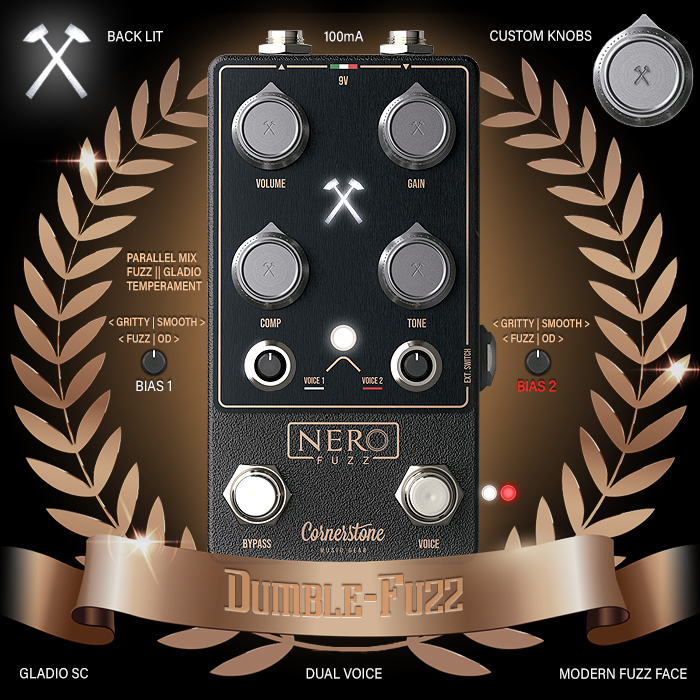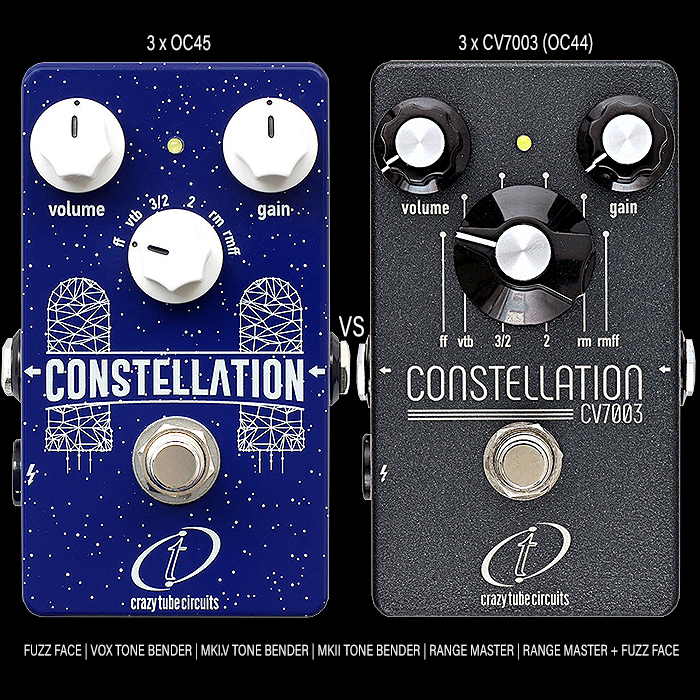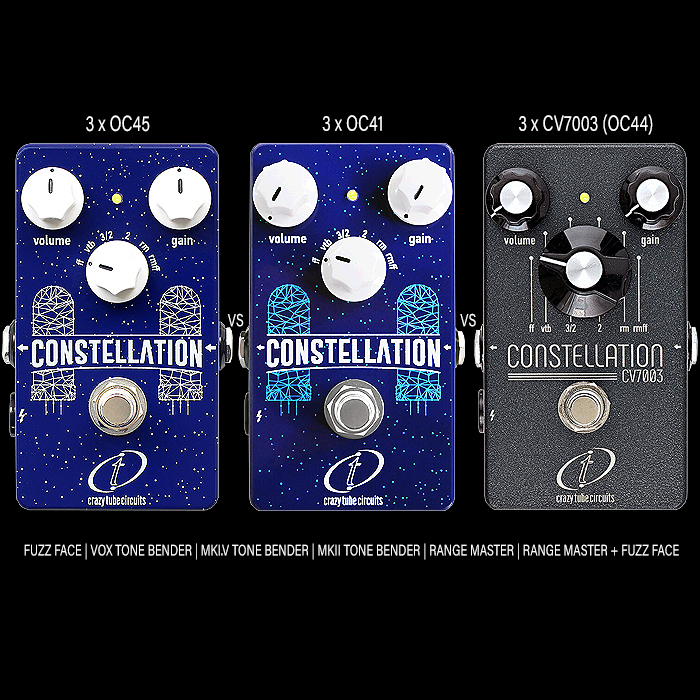Maverick Inflection #1 : Zander Circuitry Compact Enclosure Siclone Silicon Chaos Initiator Fuzz
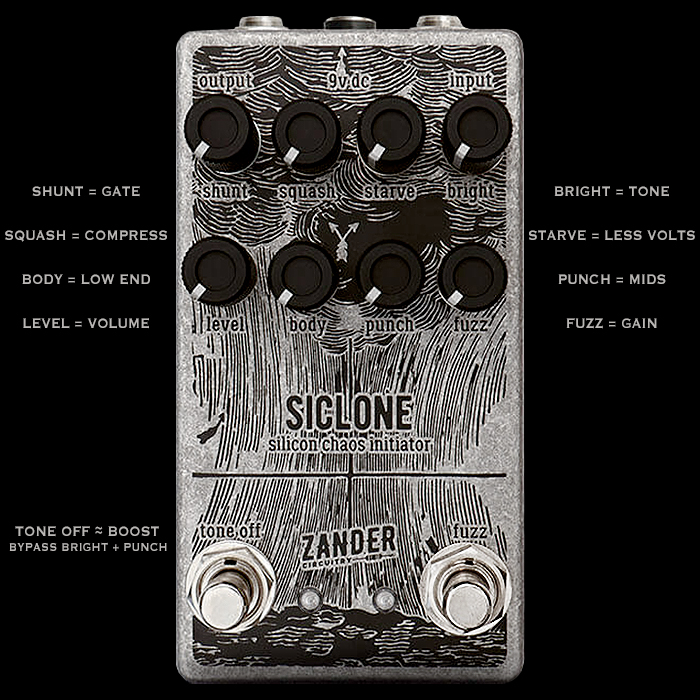
The precursor to this article goes back quite a while actually to conversations I had with the wonderful Alex Millar (Zander Circuitry) at a number of guitar shows. Those chats as such included discussions on knobs and form factor / enclosure size - and while I’m not laying any claims to influencing the recently evolved Zander Circuitry boxes I still like to think I played some tiny part in that decision making process.
This style of article ’Maverick Inflection’ is a new one - where I do my ideal take on a particular pedal and make visual or diagrammatic suggestions as to how I would improve said pedal for my own particular preferences. This is not intended to be controversial in any way - it’s just a serving suggestion really to move the conversation on - and to satisfy my own logic-infused OCD way of processing things.
Alex’s Siclone Silicon Chaos Initiator has long been one of the stars of the show - which way back when started life out as a Silicon take on the venerable Zvex Fuzz Factory - when that only came in the original slightly temperamental Germanium configuration. Alex aimed to take that core idea and make it more stable and controllable. And over time - the Siclone has very much evolved to becoming its own thing, and it currently bears very little resemblance to the original inspiration in terms of how the circuit works overall.
I’ve always considered the Siclone one of Alex’s 4 best sounding pedals - alongside his American Geek (BMP), Cafetière (Harmonic Percolator) and Cranium (Rat) - and believe I informed Alex at our first meeting that I intended to get at least those 4 types of his when they were released in more compact format. The Siclone is indeed the first of these to get the ’Honey I Shrunk the Box’ treatment - and by and large that has been a very successful evolution.
The controls for the Siclone are really quite simple despite their number :
- SHUNT = this acts like a gate of sorts, taming any feedback and turning endless sustain into a sharp & stuttery decay
- SQUASH = compresses the attack of the fuzz as you turn it up, giving more of a synth-like sound
- STARVE = restricts the voltage to the circuit as you turn it up, allowing you to create dying-battery like fuzz sounds
- BRIGHT = controls the tone stack, a high and a low pass filter running together to let you dial the sound in just right for your rig
- LEVEL = Output Volume
- BODY = controls the amount of low end the circuit lets through
- PUNCH = controls the mid range characteristic
- FUZZ = Degree of Transistor Gain
- TONE OFF Footswitch = Tone Stack Bypass which results in an audible boost
- FUZZ Footswitch = Engage
Artwork Reflection
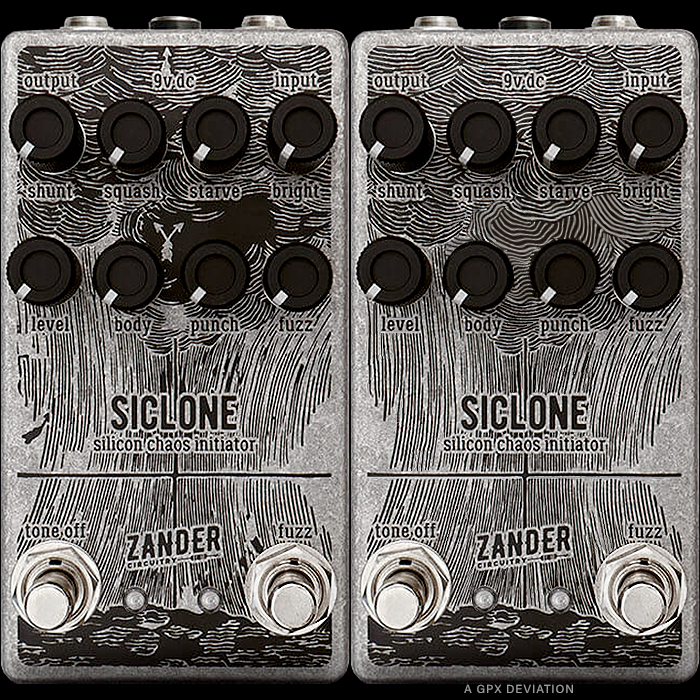
I love near enough everything about the new iteration of the Siclone - its overall looks in those compact boxes with top-mounted jacks, dual soft-touch smart momentary/latching footswitches and those very elegant new custom knobs (a little bit CBA in nature). And the output of the pedal sounds just as great as ever - meaning this would most certainly be one of my recommendations for an Everyday Extended Range Fuzz Pedal.
The Siclone is currently up for pre-orders for a very reasonable £150 - Alex's prices are always very fair. There's just one tiny thing though that I have an issue with and that's how the artwork has been adapted for the smaller format. Alex has essentially taken the same weather pattern illustration as used before, reversed the colours and simply shrunk it down to size (actually he has edited out some of the block letters from the original artwork) .
In the previous BB-sized enclosure pedal the artwork was white print onto black which worked really well, while we now have a reversal of that - with the white elements inverted to black and printed directly onto the raw pedal enclosures which look sort of light grey / slightly silver in their natural state.
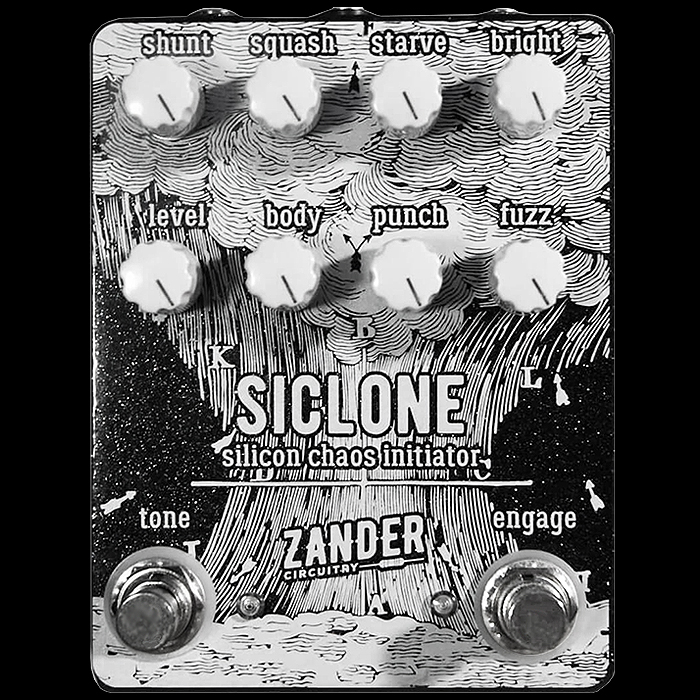
This is obviously an applied-design exercise here where considerations have to be made for legibility of control legends and how the artwork influences the overall user experience. And I'm having some real challenges with the blotchy elements of the new artwork - which do not have quite the same level of pixel / colour density as when rendered in white print. Here you get those really dark blotchy/ patchy areas which clash with the black knobs and sort of play havoc with my OCD as they seem to be somehow overly distracting to me.
In fact I was so distracted by the artwork that I was compelled to to do my own revisions (hence 'Maverick Inflection') - where I looked to refine and make the artwork more balanced and elegant to my mind. This meant also removing some of those arrows in the illustration - which to me just added confusion to the control topology - particularly the 2-way arrow that appears between the Body and Punch knobs - to me those were just additional distractions and very much surplus to requirements.
Note that I fully appreciate that I may well be the only one that has issues with this particular iteration of artwork - but it does seem to be having some impact on my acquisition / acclimatisation process here.
Closing Argument
As I've said many times before - the pedal acquisition process is quite a complex and highly personal journey based on multiple influences, criteria and of course idiosyncratic preferences. There's so much to like about the new Siclone - and I do feel I really want one (I'm about 95% there now) - I just need to work through my own mindset dissonances and mental blockers and try to fully tune-out the ostensibly distractive qualities of the artwork.
I had actually seen the prototype of this pedal at a couple of the guitar shows and voiced my concerns to Alex at the time. Alex is a very fine graphic designer by trade - and while I generally very much admire his work - I am still somewhat firmly of the opinion that he has made a slight mis-step here.
I'm hoping this article is taken in the right spirit and that it sparks off the right sorts of conversations and discussions. This is all fairly harmless ideation and extrapolation in any case and should surely not trigger any offence. I've tried to make this article as positive and uncontroversial as possible - so hopefully it will be well received by all parties.
It's the start of a whole new series of articles where I will make further suggestions on how I might improve a particular pedal. Those individual builders should take all this with a pinch of salt - it's after all their decision to heed or ignore these opinions at the end of the day.
I genuinely want the best for everyone - and if I feel I can contribute in some constructive and beneficial manner - then I will by all means put my ideas out there for further consideration.
As a bonus feature I've included Zander Circuitry's very best video to date! - as voiced by Alex's equally wonderful and wondrously witty missus Maisy! ("Goldy Snitch Looking' Muthafluffas") - as below :
